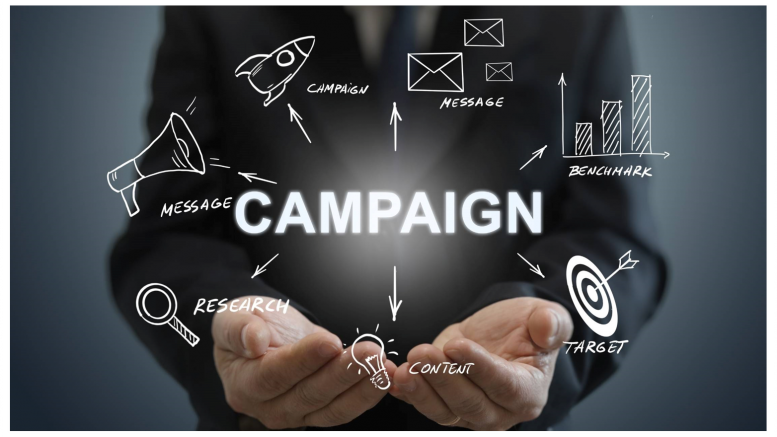In today’s digital landscape, the term “virality” is often the Holy Grail for public relations (PR) professionals and brands alike. It’s every brand’s dream to build a campaign that spreads like wildfire across social media platforms, racking up millions of views, likes, and shares. The truth is that achieving virality isn’t merely a stroke of luck; there’s a systematic approach to crafting successful viral campaigns. While it may seem like magic to the casual observer, the reality is that certain elements are key to making a campaign catch fire while others languish in the vast abyss of the internet.
The Emotional Hook: Why We Share
First, let’s talk about emotion. Viral content tends to evoke strong feelings, whether it’s laughter, joy, sadness, or shock. It taps into the core of human experience, resonating deeply with the audience. This emotional connection drives individuals to share their experiences with others, leading to the content going viral.
Take the example of Dove’s “Real Beauty” campaign. The emotional message about self-acceptance and beauty resonated with millions, turning the soap brand into a global conversation starter. The secret ingredient? It didn’t just sell a product; it sold a feeling. The science behind it is simple: if your campaign makes people feel something, they’ll want to share that feeling with others.
The Power of Relatability
Another critical factor in determining whether a campaign will go viral is its relatability. Audiences are more likely to share content that mirrors their own experiences. This is precisely why memes have become such a potent viral tool—they encapsulate universal human truths and allow individuals to laugh at their shared experiences. Brands that can successfully tap into this collective understanding are positioned for viral success.
A noteworthy example is Coca-Cola’s “#ShareACoke” campaign. Rather than simply putting names on bottles, the campaign crafted a personal and relatable experience. People eagerly sought out bottles featuring their names, friends’ names, or even names of celebrities, turning the campaign into an engaging treasure hunt. The sense of personal connection fostered a desire to share these finds on social media, leading to an explosion of user-generated content that amplified Coca-Cola’s brand visibility.
Timing is Everything
Sure, you’ve got a killer idea. But if it hits at the wrong moment, it’s like throwing a party no one shows up to. Timing in PR is everything. Want to go viral? Jump on trends, memes, or current events. The faster you can tie your campaign to something the world is already buzzing about, the more likely it’ll get shared.
Case in point: the infamous “Dress” debate of 2015 (Was it blue and black or white and gold?). Brands that capitalised on this viral sensation by quickly creating their own takes on the dress reaped the benefits, gaining exposure without even lifting a finger to create a campaign from scratch. Lesson: Be fast, be nimble, and be aware of the cultural conversation.
Shareability: The Viral DNA
The final component of the viral equation is shareability. To go viral, your campaign needs to be something people want to share with their network. This means making content that’s easy to consume and share—think short videos, infographics, memes, or GIFs. The easier it is to share your content, the more likely it is to go viral.
And here’s the kicker: viral content often looks effortless. But behind every viral campaign is careful planning, research, and creative brainstorming. Whether it’s through emotion, relatability, timing, or shareability, the brands that go viral are the ones that understand the science behind what makes content stick.
The views and opinions published here belong to the author and do not necessarily reflect the views and opinions of the publisher.



Be the first to comment on "The Science of Going Viral: What Makes PR Campaigns Stick?"